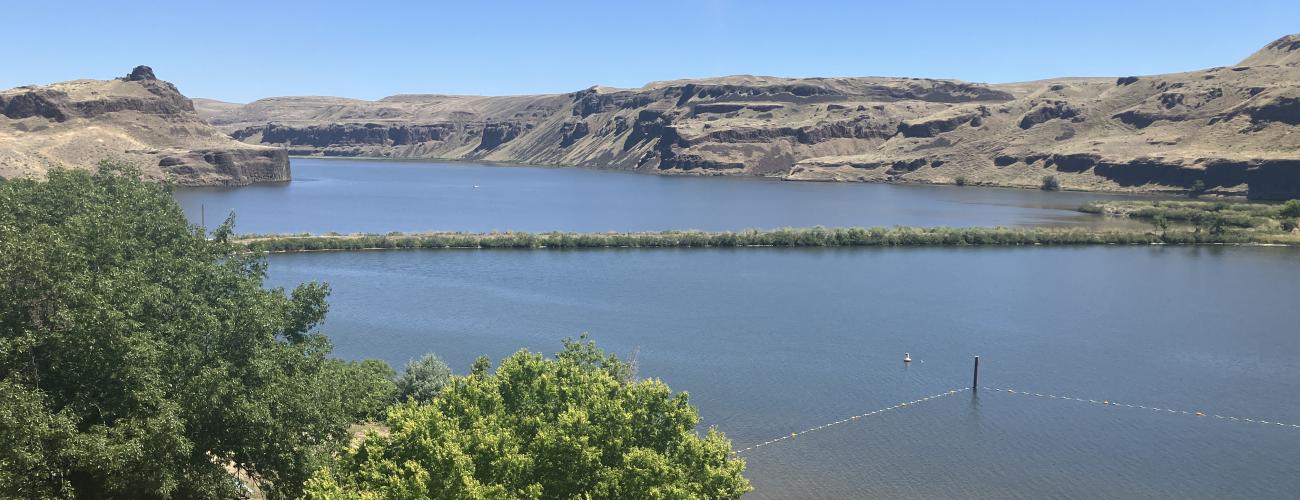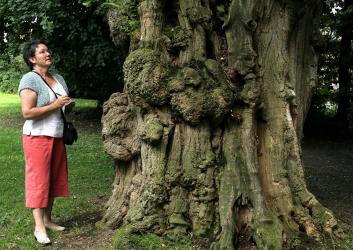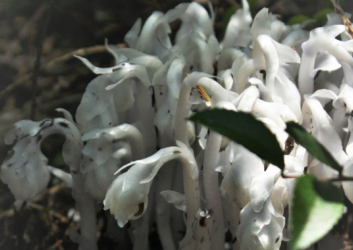Tree ID: Hackberry tree
When you first see Eastern Washington’s shrub-steppe ecosystem, you may think it’s a flat, dry environment. You’ll notice some sagebrush, grasses and in certain seasons low wildflowers, but nary a tree in sight.
However, there is a section along the Columbia and Snake rivers where shrub-steppe meets water and creates habitat for trees that have adapted to area’s dry conditions. One of these trees is our native western hackberry.
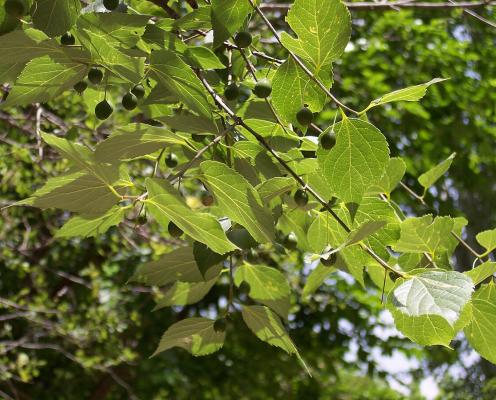
A hackberry by any other name tastes as sweet
Celtis reticulata is known throughout the west by many names: western hackberry, netleaf hackberry, Douglas hackberry, palo blanco and acibuche. Formerly thought to be related to elms, hackberries are now classified in the hemp family (Cannabaceae).
The name “hackberry” is an alteration from “hagberry,” which referred to a different tree found in the British Isles. That tree is commonly known as sour bird cherry. Early British colonists in North America might have confused the two trees because of the small, cherry-like appearance of the hackberry’s fruit.
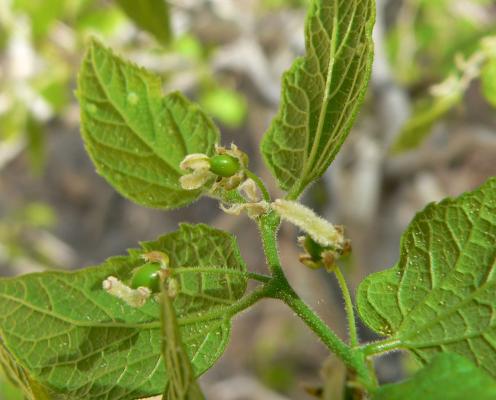
How to identify the hackberry
Western hackberry is a broadleaf, deciduous tree (or shrub) that generally grows 15 to 30 feet high but can reach 50 feet. It is slow-growing and has a spreading habit.
Hackberry leaves have a heart shaped base and toothed leaves with rough, bright green veining under the leaf.
The most iconic feature – and one that makes the tree easy to identify – is their fruit. They produce a cherry pit-sized round fruit that ranges from reddish-brown to purple and black. It has a very thin, sweet pulp.
Hot and cold
The hackberry’s native range is most abundant in the Southwest but grows as far north as Idaho, Oregon and Washington. In our state, you’ll see it growing near water around the Columbia and Snake rivers and in isolated spots along the Eastern Cascades.
Western hackberries, which can live up to 200 years, are adapted to tolerate drier conditions. They develop deep taproots and don’t require additional water once they’re established. They can also survive temperatures as low as -30 °F to -20 °F.
A good neighbor
Western hackberries offer important benefits to the creatures living in their ecosystems. During the hot months, they provide valuable shade for wildlife. Birds and deer flock to them for shelter. Their leaves are a source of food for deer, and the fruit are top-of-the-menu items for many birds in the shrub-steppe, since the berries grow in the winter. The leaves feed many insects too, including some beautiful butterflies you may spot in parks.
Where to see them
You can spot western hackberries in natural areas across Central and Eastern Washington. They often grow near alders, birches and poplars.
Lyons Ferry, Sacajawea, Wenatchee Confluence and Maryhill state parks are excellent places to see them. So, come look for these vital and beneficial members of our sensitive riparian ecosystems on your next eastside vacation!
Originally published May 15, 2025

